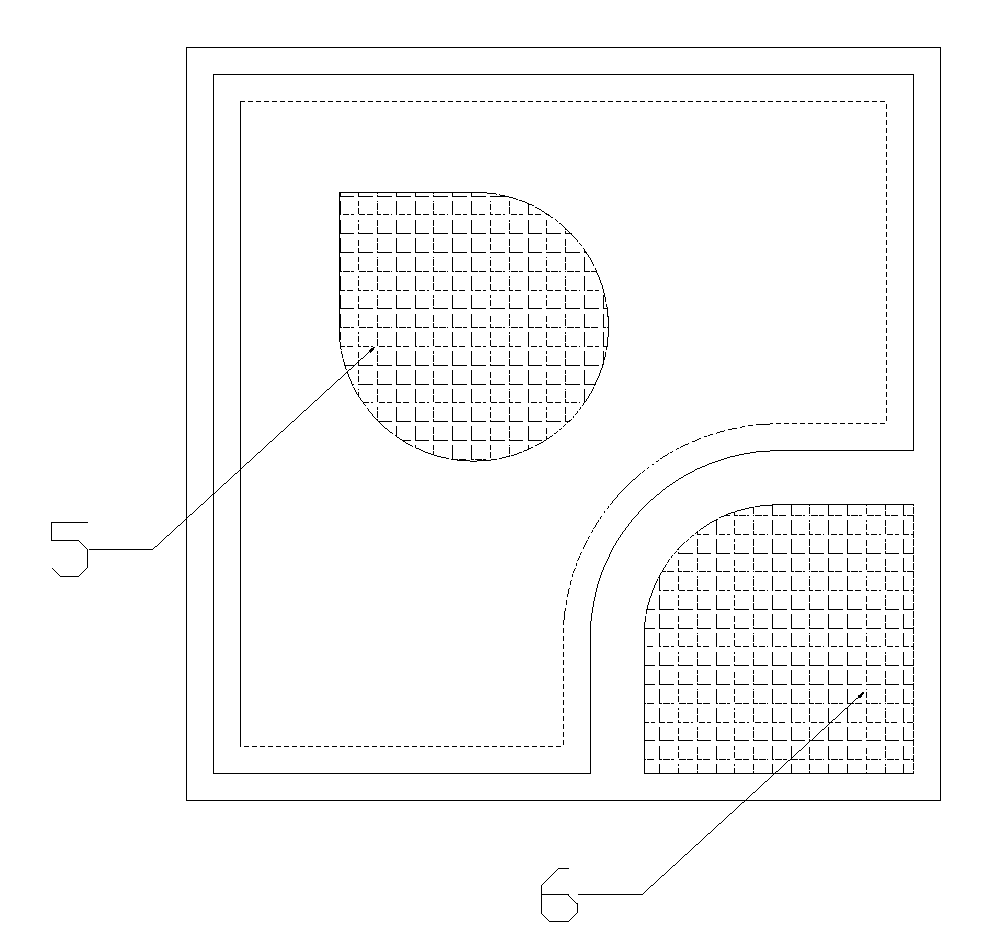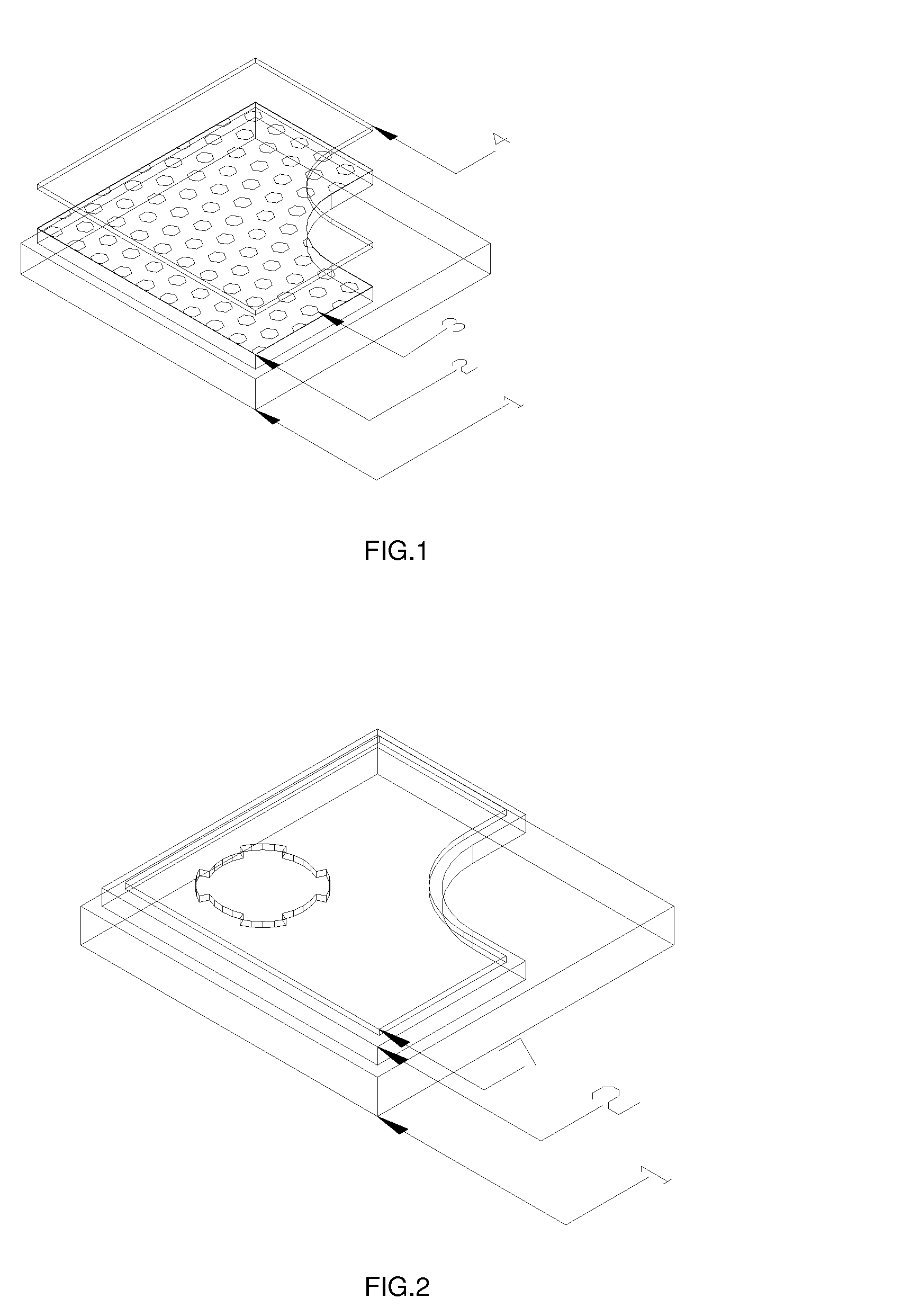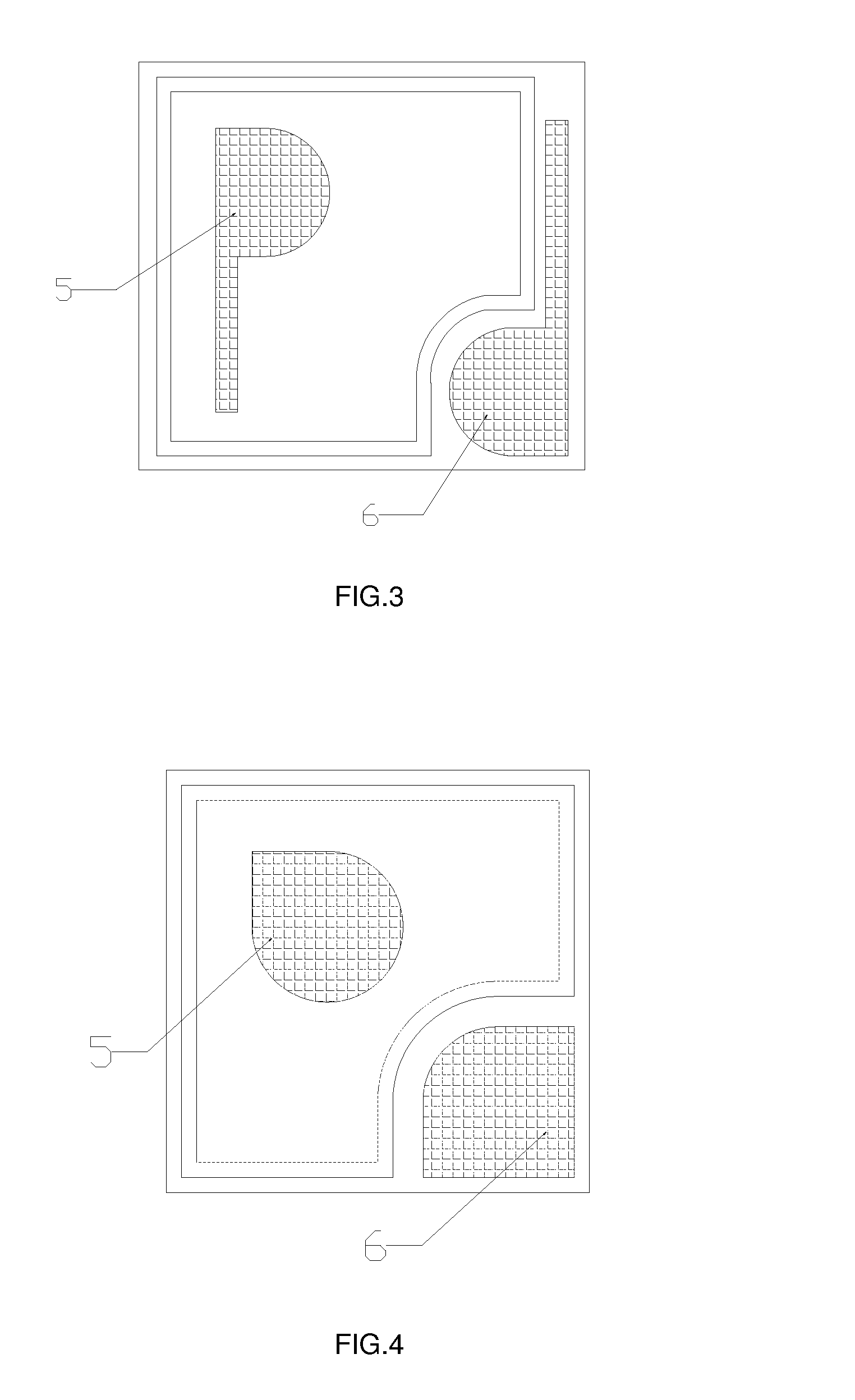Method for producing gallium nitride light emitting diode wafer
a technology of light-emitting diodes and gallium nitride, which is applied in the direction of basic electric elements, electrical apparatus, and semiconductor devices, can solve the problems of poor thermal stability, contact impedance, and unfavorable electric current traverse between the contact surface and the inside of the wafer, and achieves the effect of reducing contact impedance, high electrical conductivity, and good conductivity of the wafer
- Summary
- Abstract
- Description
- Claims
- Application Information
AI Technical Summary
Benefits of technology
Problems solved by technology
Method used
Image
Examples
first embodiment
[0016]The first embodiment is detailed as follows:
[0017]As illustrated in FIG. 1, gallium nitride epitaxial wafer 2 is developed on sapphire substrate 1. Applying the magnetic feature of nickel metal, sputtering system is used to spray nickel material in nano particles onto the surface of gallium nitride epitaxial wafer 2. The thickness of the nickel metal 3 is between 1 nanometer to 100 nanometers. Following that, apparatus such as electron-beam apparatus is used to deposit at least one layer of high work function metal film such as gold, platinum, palladium, chromium and so forth onto the surface of the nickel metal 3. Gold metal 4 is used in this embodiment. The thickness of gold and that of nickel metal 3 shall satisfy the ratio of 1:0.5˜4, so that the light output ratio and thermal stability are optimized for the same types of materials. Certainly, the composition of the first layer of electrode metal can also be: nickel / platinum; nickel / palladium; chromium, nickel / gold; nickel...
second embodiment
[0020]The second embodiment is detailed as follows:
[0021]As illustrated in FIG. 2, the difference between this embodiment and the first embodiment is that zinc oxide 7 is used as the first layer of electrodes. The P-type ohmic contact layer made by zinc oxide is different from the conventional P-type contact luminous layer made by indium tin oxide or by nickel and gold in the first embodiment. It has better thermal stability and light emitting efficiency and is a new kind of lighting contact material for light emitting diode wafer. By way of epitaxies (including MOCVD, GPE, MBE and so forth), a layer of oxide of zinc metal, namely zinc oxide 7, is grown on the gallium nitride epitaxial wafer, or by way of production methods (including E-BEAM, SPUTTER and so forth), zinc oxide 7 is evaporated, thereby the light transmittance of the wafer can reach 95% or above and the contact impedance and thermal stability can achieve the same performance as the conventional nickel and gold. Besides...
PUM
| Property | Measurement | Unit |
|---|---|---|
| thickness | aaaaa | aaaaa |
| light transmittance | aaaaa | aaaaa |
| thickness | aaaaa | aaaaa |
Abstract
Description
Claims
Application Information
 Login to View More
Login to View More - R&D
- Intellectual Property
- Life Sciences
- Materials
- Tech Scout
- Unparalleled Data Quality
- Higher Quality Content
- 60% Fewer Hallucinations
Browse by: Latest US Patents, China's latest patents, Technical Efficacy Thesaurus, Application Domain, Technology Topic, Popular Technical Reports.
© 2025 PatSnap. All rights reserved.Legal|Privacy policy|Modern Slavery Act Transparency Statement|Sitemap|About US| Contact US: help@patsnap.com



